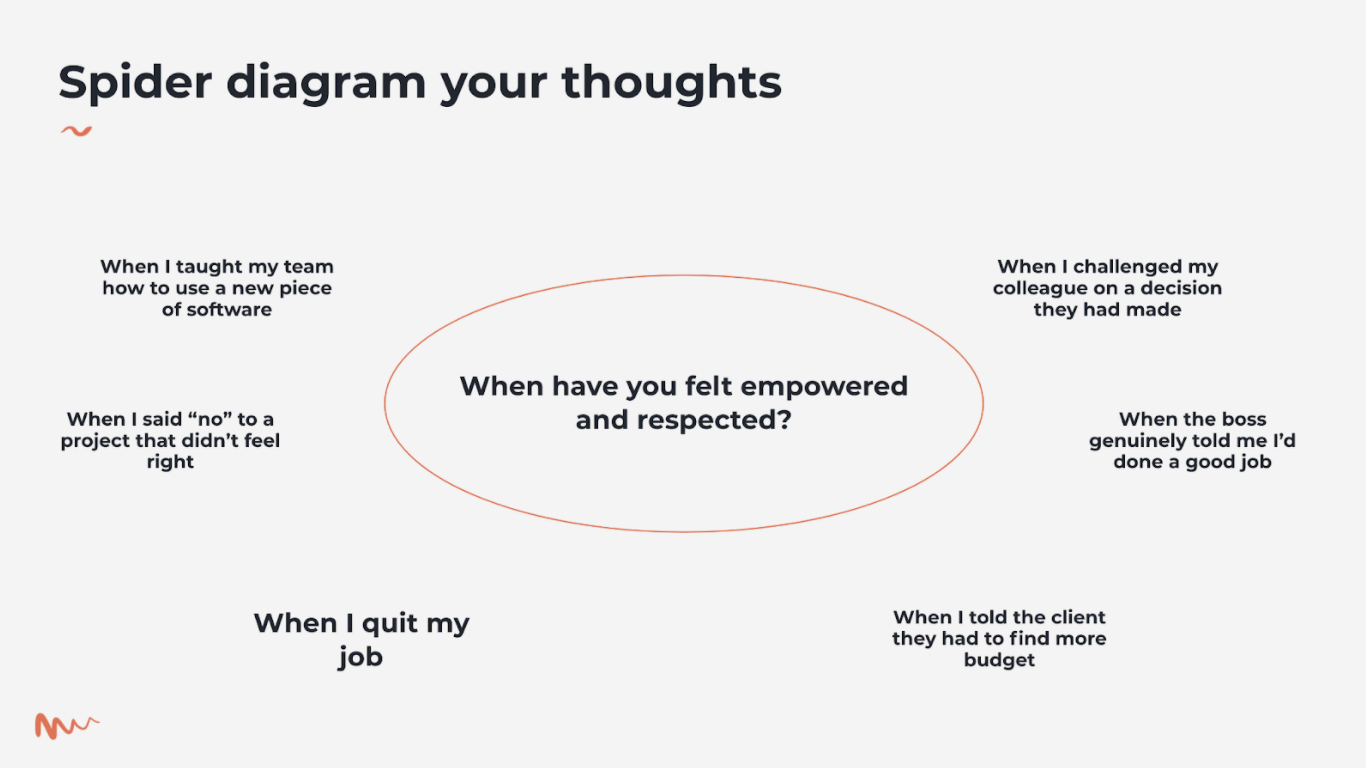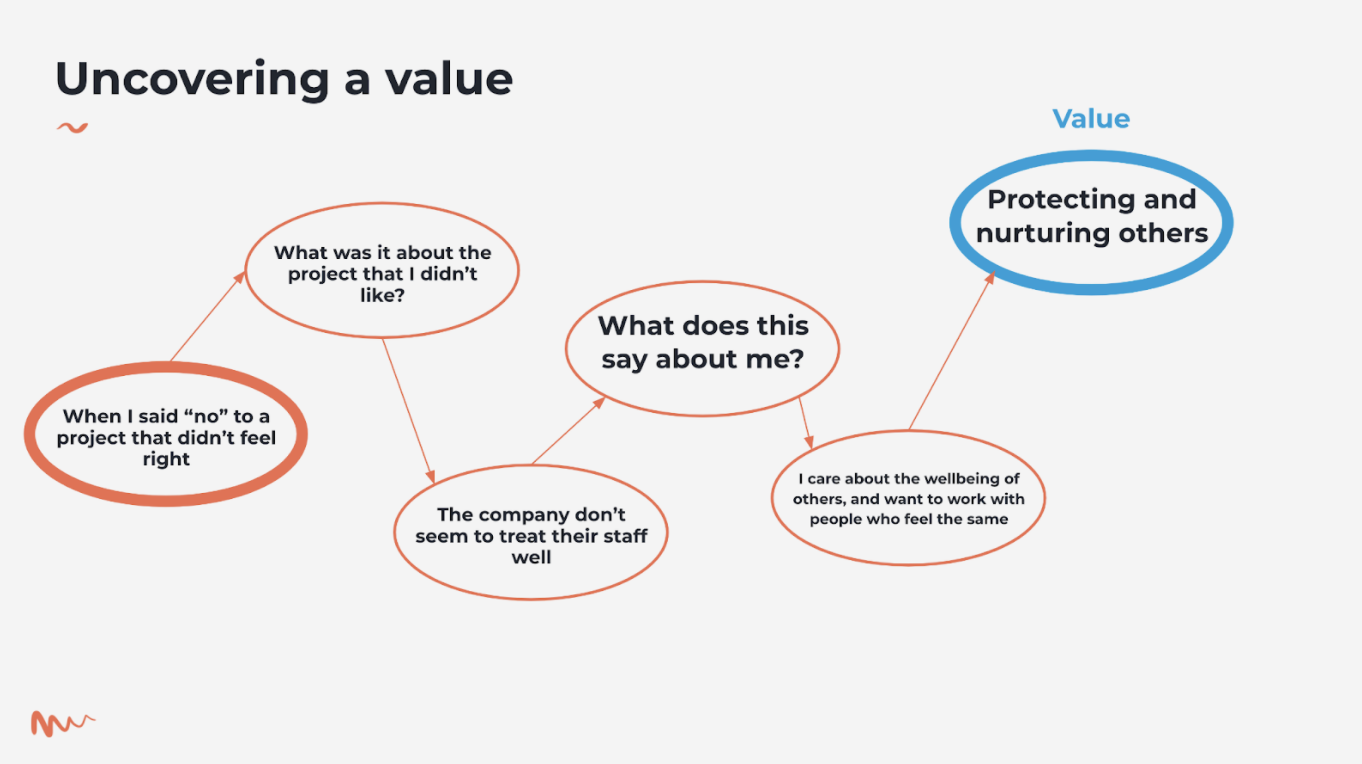
Video: 4 Tips for New Freelancers
Making the leap from a full-time job to freelancing can be intimidating. Marketing yourself?! Naming your rate?! It sounds like a LOT when you’re leaving the security of a full-time job. But if you’re passionate about working for yourself, I’m here to tell you: It’s very doable. And it’s absolutely worth the effort.
Planning ahead and putting some careful thought into your offerings, your lifestyle, and your needs can make a world of difference, setting you up for success from the start. Here are four tips to consider as you begin your freelance journey.
Transcript
Hi! This is Andrea from Harlow and today I want to talk about my four tips if you’re just getting started freelancing.
Making the leap from a full-time job to freelancing can be intimidating. I’ve done this four times in my career I know all the unwanted feelings that can pop up. Am I going to be good enough? Will I be able to pay my bills? Can I find clients? Freelancing is definitely hard & it’s not for everybody but if you’re passionate about getting started freelancing I’m here to tell you it’s very doable.
My first tip for you as you’re just getting started is to define your offering and find your niche. I know a lot of freelancers don’t like this advice but I will say it has served me very well in my career and I highly recommend going through this exercise. Really think about the services that you offer and what makes them unique and your offering special and what differentiates you.
Early on you might actually want to take a bunch of different types of projects to figure out what it is that you’re good at and what it is that you actually like doing but it’s really hard to be everything to everybody so getting a little bit more specific about your offering will help you find the right projects. For example, rather than going out and saying, “I’m a content writer & I’ll write any type of content for you.” Maybe you say, “I am a content writer who specializes in long-form content with a heavy research component.” That specificity is going to actually help you find those projects that are a better fit.
And as you’re thinking about niching down it doesn’t necessarily have to be a functional niche either. For example, I’m a demand gen marketer and so I don’t actually need to specify that I’m only going to focus in SEO or SEM, in fact quite the opposite. My business partner and I stayed generalists & we offered a variety of demand gen services but our niche was early-stage technology companies that were just bringing on their first head of marketing and they were looking for help for three to six months. Shorter project-based work was a great niche for us and it really helped us to find that ideal client.
That brings me to my next point which is to find your people. So, I don’t mean just your target audience here but also your community which I have found has been really really important. Freelancing can be lonely and it can be really isolating and it’s important to have people around you that you can ask for advice and help when you need it but also people around to help you celebrate your wins. There are really robust freelance communities on twitter, facebook and reddit and I highly recommend engaging there and just starting to build that community of people you can learn from.
I also want to say that other freelancers are not your competition! I highly recommend you embrace the freelance community and really look at other freelancers as a source of help & information but also potential referrals. You know, these other freelancers deeply understand what it is that you do and there are a lot of them that have prospective contacts and clients reaching out to them and they might not have the capacity so that can be a great source of business for you. I would say if you’re ever in the position where you can’t take on clients it’s always a good move to try and refer out other freelancers that maybe could use the work as well.
My third tip is to figure out your pricing. This one is really hard and obviously, we don’t have all the time in the world here to dive into all of the nuances about this. Your pricing is going to change over time, as it should, but if you’re just getting started I recommend starting by doing some research. Figure out what is average in your industry based on your skillset and your level. Next, I would sit down and do some math – first of all, what is the target income that you need to meet in order to sustain your lifestyle? Realistically how many days of the year are you going to be able to work? And don’t forget holidays don’t forget vacations and don’t forget sick days. Even though you’re a freelancer you’re still gonna be sick, unfortunately. Don’t forget your kids’ spring break- things like that.
Be really be realistic about how many days of the year you’re actually going to be able to work and then think about how many hours of the day are actually billable. It is not possible for me personally to build eight hours a day. That is just way too much. Don’t forget you also have other aspects of your business that aren’t billable – invoicing your clients, putting together a statement of work, trying to market yourself, all of that. So again, be really realistic about how many hours the day you can actually spend on client work and then that will help you back into what an hourly rate needs to be.
Now, this isn’t to say that that has to be your hourly rate or that you should charge hourly but it gives you a baseline so then you can start to package your services and make sure that you’re hitting your minimum income threshold. I will say, as you’re thinking about your pricing whether it’s hourly, retainer-based or project-based don’t forget that it should also reflect everything that you bring to the table. So it’s not just the hours in the day it’s all of the years of experience that you have and your unique perspective – all of that stuff. Be sure to charge for that.
If you’re still unsure of what your rate should be there’s an awesome tool out there called www.saymyrate.com it’s backed by actual humans you input your information give them a couple of days and they’ll come back with what a reasonable rate actually would be for your skillset.
So my last tip for you is to put it in writing. No matter what, make sure you have a contract in place. It can be so tempting when you land the first client – say it’s your friend or maybe it’s even your old employer – to just go ahead and do the work and get the money in your bank account. Do not do that. Make sure you have a contract in place. Anyone that’s been freelancing for a while will definitely tell you a story of getting burned by not having the right contract or contract terms in place.
You can find contracts online and I highly recommend consulting a lawyer if that’s available to you. Your contract should include the scope of work and what the exact deliverables are to ensure that you’re going to get paid and then what your payment terms are. With payment terms, indicate whether you’re going to be paid upfront for the work or perhaps you’re going to invoice afterward and the terms are maybe net 15 net 30. Also, be sure to include any clause if there is a penalty for not paying on time and I highly recommend including a termination clause as well so that if needed you can get out of this contract or your customer can get out. But again, I highly recommend that you make sure that you’ve got a contract in place.
So those are my four tips for you:
1. Define your offering find your niche
2. Find your people
3. Figure out your pricing
4. Do not forget that contract







Recent Comments